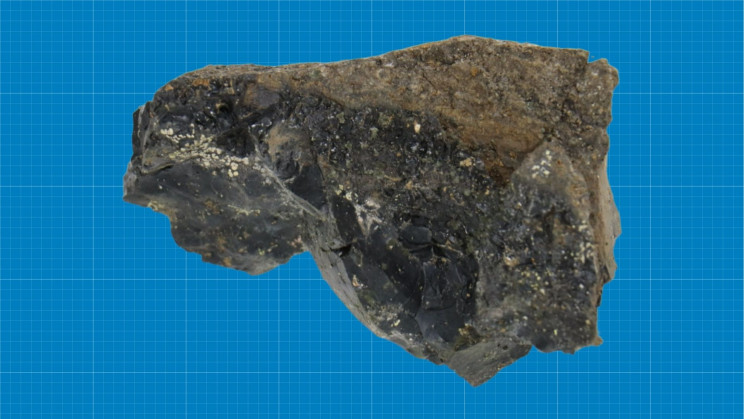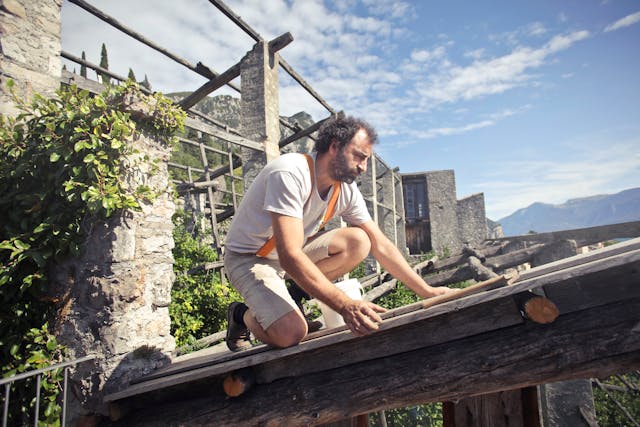The push for sustainability is affecting every industry — and real estate is no exception. As a result, the design movement of carbon-neutral architecture has taken off in the last ten years.
By implementing carbon-neutral architecture, real estate developers have an opportunity to reduce their carbon footprint, save money, and appeal to a larger audience of investors and clients.
What is carbon-neutral architecture?
Carbon-neutral architecture is an architectural movement that focuses on reducing the carbon dioxide emissions of buildings. This includes during the development stage, during construction, and throughout the building’s lifespan.
The goal of carbon-neutral architecture is to produce an overall net carbon footprint of zero. As a result, carbon-neutral buildings reduce their contribution to climate change.
Benefits of carbon-neutral architecture
While investing in carbon-neutral architecture is a noble pursuit for the betterment of the planet, reducing greenhouse gas emissions isn’t the only benefit. Let’s take a look at some of the advantages of pushing for carbon neutrality in real estate.
Saving money
When you minimize the amount of carbon dioxide that your building produces, you cut down on the amount you need to spend to provide services like lighting and HVAC. But how is this possible?
One way is by installing a sensor-based HVAC (heating, ventilation, and air conditioning) system. This way, a motion detector can adjust the temperature of a room based on occupancy. In fact, if there’s no one in a room, there’s no reason to waste money by providing unnecessary heating or cooling. So, if a room goes unoccupied for several hours, the heat or air conditioning can be reduced automatically.
Appealing to a more diverse range of clients
In the last decade, real estate developers have had to shift their consumer focus from baby boomers and Generation X to millennials and Gen Z. And because younger renters skew more climate-conscious, a majority of the shift requires a stronger focus on sustainability.
To cater to millennial and Gen Z preferences, adhere to carbon-neutral development and management practices at your property. But don’t worry about alienating older clients with sustainable initiatives! As mentioned earlier, carbon-neutral real estate practices result in properties that are cheaper to run and maintain than their counterparts. Consumers of all ages and industries will be attracted to the economical advantages of carbon-neutral architecture.
How to implement carbon-neutral architecture in real estate development
Leaning into sustainability during development and construction doesn’t have to be difficult! In fact, there are a few small steps you can take to reduce carbon emissions.
Invest in sustainable materials
Did you know that carbon-neutral construction materials are often less expensive than traditional building materials? Wood materials such as laminate are typically cheaper than steel. And you can save money on more than just the raw materials!
Transportation costs of wood are significantly more affordable than those of heavy materials like steel. What’s more, when you opt to build with wood materials, you can have the framing pre-fitted. That way, it arrives at the construction site ready to go. This will cut down on the construction time, requiring less onsite power and saving you cash.
Create a green roof
Covering your building’s roof with a full garden goes a long way toward lowering the ecological impact of the property. Simply incorporate a mixture of herbs, trees, succulents, and grasses on a layer of waterproof insulation to prevent leakage.
Not only does building a green roof capture CO2 and turn it into oxygen, but it also decreases the building’s heat absorption. What’s more, if you create a green roof with a vegetable garden, residential and commercial tenants can tend to the plants and grow their own food.
Invest in reforestation projects
So, you’re interested in carbon-neutral architecture, but you’ve already developed a property. It may come as a surprise, but you can reach carbon neutrality without changing anything in your building!
Reforestation projects plant trees to offset carbon emissions. While each project is slightly different, reforestation projects typically plant native species in an area that’s been affected by deforestation or natural disasters. As a result, the carbon emissions of your property are offset. Just make sure you partner with a reputable carbon offsetting company to ensure the best results!







